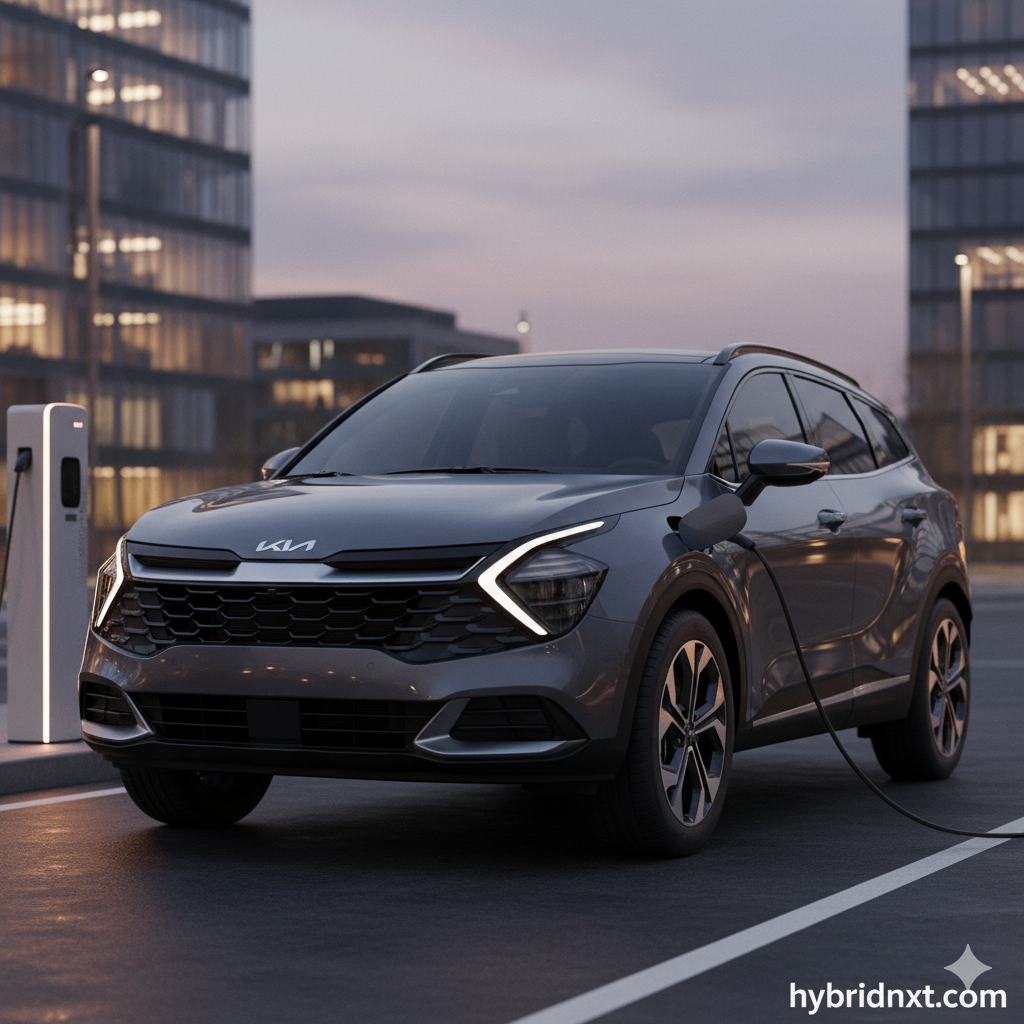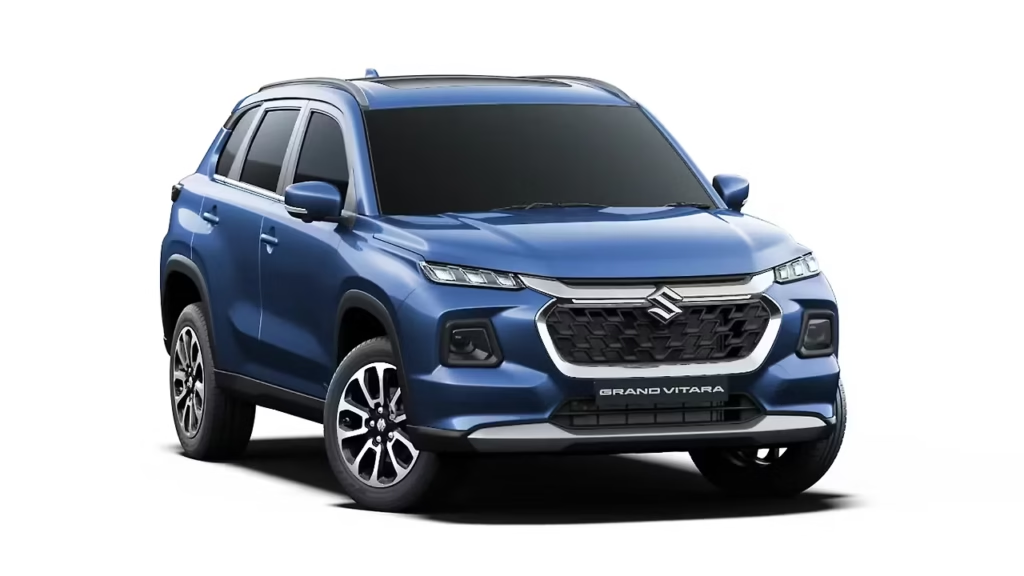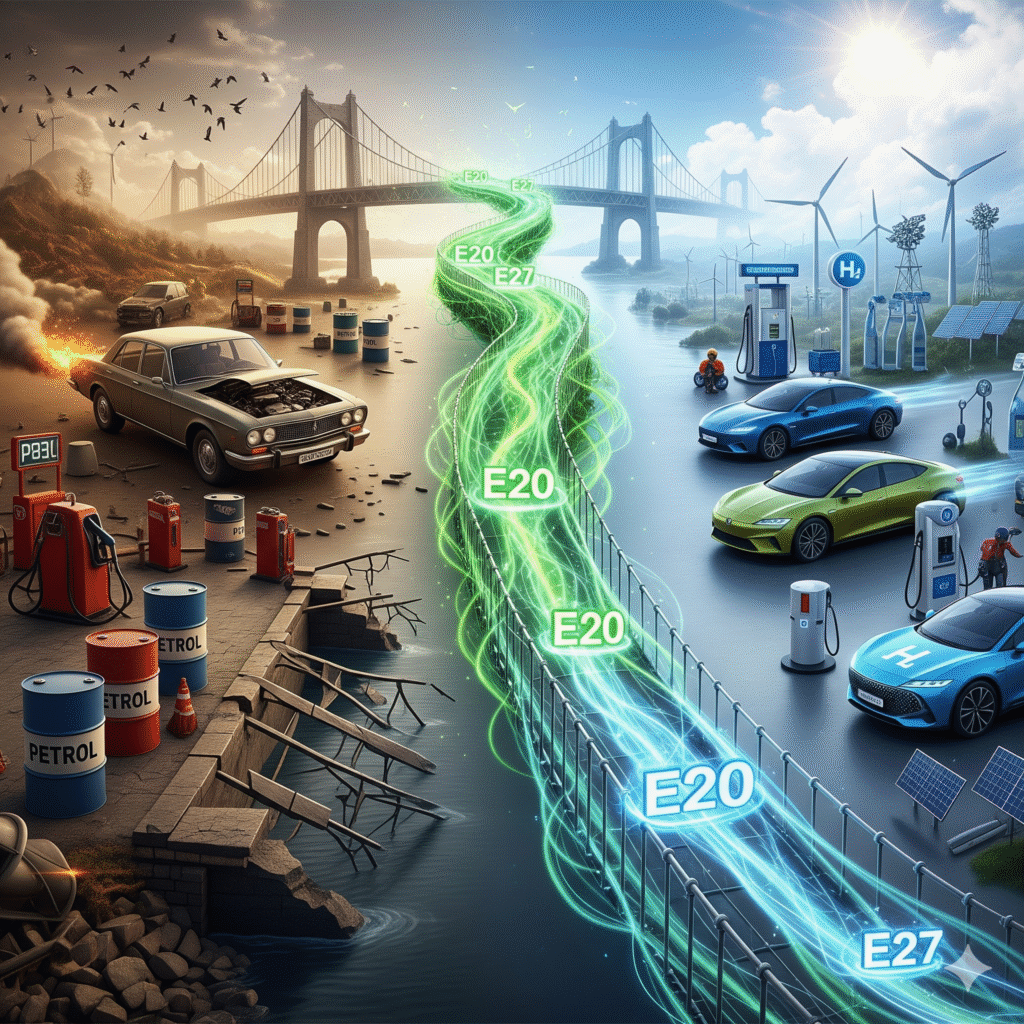Kia Corp., the South Korean automaker, is set to break new ground in India’s burgeoning green mobility landscape by launching its first hybrid compact sports utility vehicle (SUV) within the next 18 months—potentially by April 2027. This move aligns seamlessly with India’s freshly proposed Corporate Average Fuel Efficiency (CAFE) 3 draft norms, which signal a pragmatic shift from an EV-only focus to embracing transitional technologies like hybrids and multi-fuel options. By entering the sub-four-meter hybrid SUV segment—a space largely overlooked by Japanese rivals—Kia aims to diversify its portfolio and capture demand from cost-conscious urban buyers seeking efficient, low-emission rides without the full commitment to pure electrics.
The announcement underscores Kia’s broader strategy to adapt to stricter emission regulations while broadening its lineup in the world’s third-largest auto market. A Kia India representative did not respond to requests for comment on the upcoming launches, but industry insiders view this as a calculated bet on hybrids as a bridge to full electrification.
Kia’s Hybrid Ambitions: Filling a Market Void
India’s hybrid market has been niche, dominated by Toyota and Maruti Suzuki, who have focused on larger vehicles like the Innova Hycross and Grand Vitara strong hybrid. These models, priced above ₹20 lakh, cater to premium buyers, leaving the compact SUV space—home to bestsellers like the Hyundai Venue and Kia Sonet—untapped for dual-powertrains. Kia’s entry will mark its debut in hybrid technology for the country, with plans for at least two such models to start, blending petrol engines with electric motors for improved fuel efficiency and reduced emissions.
The compact SUV, expected to be a mild or strong hybrid variant of an existing platform like the Sonet or the upcoming Syros, will target the sub-₹15 lakh bracket post-subsidies. This positions it against pure ICE rivals while offering a greener alternative in a segment where EVs remain pricey due to battery costs and infrastructure gaps. Kia’s Anantapur plant in Andhra Pradesh, with a 300,000-unit capacity, is likely to handle production, leveraging 85-90% localization to keep pricing competitive.
This isn’t just about one model—Kia envisions hybrids as a key pillar, potentially expanding to sedans and MPVs. Globally, the company has honed its hybrid tech in models like the Sorento, but India-specific adaptations will prioritize affordability and compliance with local norms.
India’s Policy Pivot: From EVs to a Multi-Fuel Future
The timing couldn’t be more opportune. On September 26, 2025, India’s Ministry of Road Transport and Highways released the draft CAFE 3 norms, proposing relaxed emission targets for small cars (under 3.2 liters) and incentives for hybrids, CNG, and flex-fuel vehicles. Effective from April 2027, these rules introduce dual testing cycles—Modified Indian Driving Cycle (MIDC) and Worldwide Harmonized Light Vehicles Test Procedure (WLTP)—to better reflect real-world conditions, while retaining multipliers for low-emission tech: up to 1.8x for strong hybrids and 1.65x for EVs.
This draft marks a departure from the EV-centric FAME-III scheme, acknowledging challenges like high import duties on batteries and uneven charging networks. Instead, it promotes a “multi-fuel roadmap” toward net-zero by 2070, with hybrids gaining traction for their ability to cut CO₂ by 20-30% without relying on plugs. Automakers like Tata and Mahindra, who have poured billions into EVs (e.g., Tata’s Nexon EV), may now diversify, but Kia’s early mover advantage could help it snag a slice of the projected ₹50,000 crore hybrid market by 2030.
| Technology | CAFE Multiplier (Draft) | Emission Benefit | Example Models in India |
|---|---|---|---|
| Strong Hybrid | 1.8x | 25-35% CO₂ cut | Toyota Innova Hycross |
| Mild Hybrid | 1.2x | 10-15% fuel save | Potential Kia compact |
| EV | 1.65x | Zero tailpipe | Kia EV6, Tata Curvv EV |
| CNG/Flex-Fuel | 1.1-1.3x | 20% lower emissions | Maruti Brezza CNG |
Competition Heats Up: Japanese Dominance Meets Korean Innovation
Toyota Kirloskar Motor and Maruti Suzuki have held a hybrid monopoly in India since 2016, but their focus on mid-size and above (e.g., Urban Cruiser Hyryder at ₹16 lakh+) has left compact buyers underserved. Domestic players, including Hyundai (Kia’s sister company), have doubled down on EVs like the Ioniq 5, with hybrids sidelined amid subsidy uncertainties.
Kia’s strategy flips the script, leveraging its “mass-premium” positioning—think feature-packed Sonet with ADAS and sunroofs—to appeal to young professionals. By entering hybrids now, Kia not only complies with CAFE but also hedges against EV slowdowns; India’s E2W and EV sales dipped 5% in Q2 2025 due to subsidy delays. This could pressure rivals: Toyota might accelerate compact hybrids, while Maruti eyes costlier strong hybrids for its Swift or Baleno.
Social buzz on X reflects excitement, with users hailing Kia’s move as a “game-changer for affordable greens,” though some decry the policy shift as “EV betrayal.”
Broader Implications: A Greener, More Inclusive Mobility Shift
Kia’s hybrid push highlights how global automakers are recalibrating for India’s unique challenges: 1.4 billion people, diverse fuels, and a 30% EV penetration goal by 2030 that’s increasingly hybrid-inclusive. With urban air pollution claiming 2 million lives yearly, transitional tech like Kia’s could bridge the gap, offering 20-25 km/l efficiency versus 15 km/l for ICE SUVs.Yet, challenges loom: Supply chain tweaks for hybrid batteries, consumer education on dual-power benefits, and navigating final CAFE approvals. If successful, this launch could boost Kia’s India sales—already at 1.2 million cumulative units—toward 5% market share by 2030.As India accelerates its clean mobility quest, Kia’s compact hybrid SUV isn’t just a vehicle—it’s a vote for pragmatic progress, blending fossil reliability with electric promise in a market ripe for disruption.



